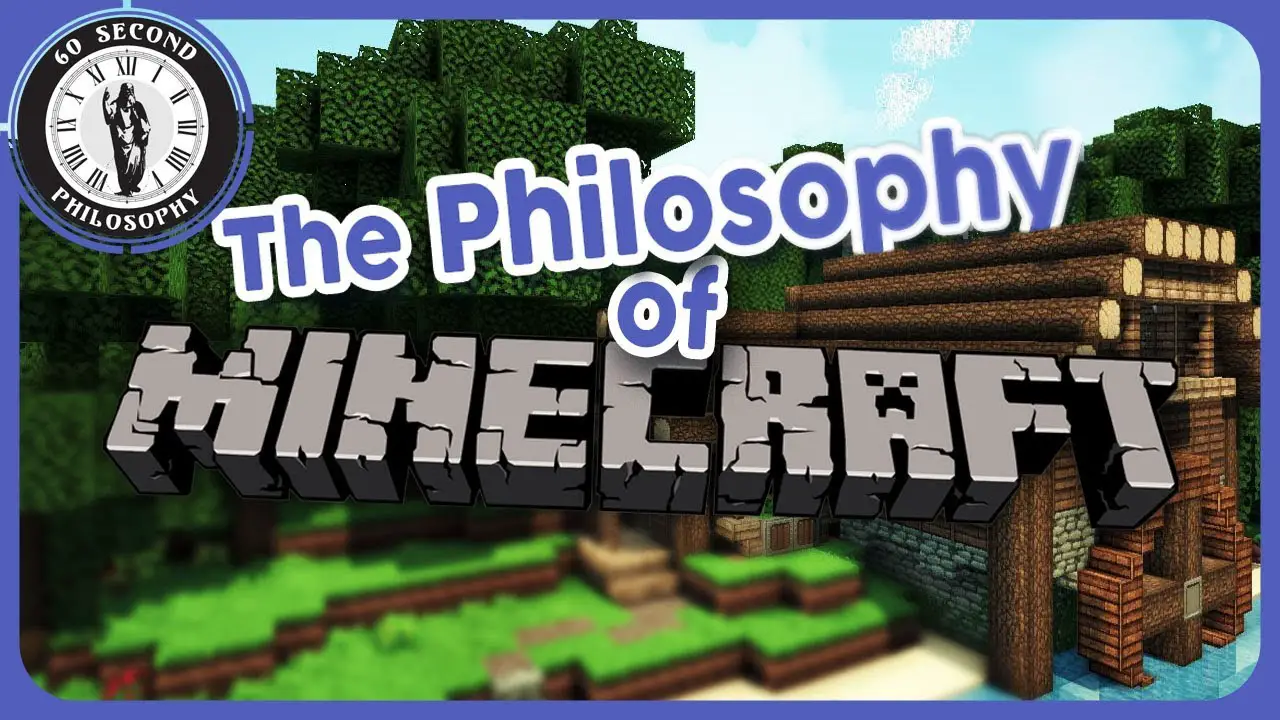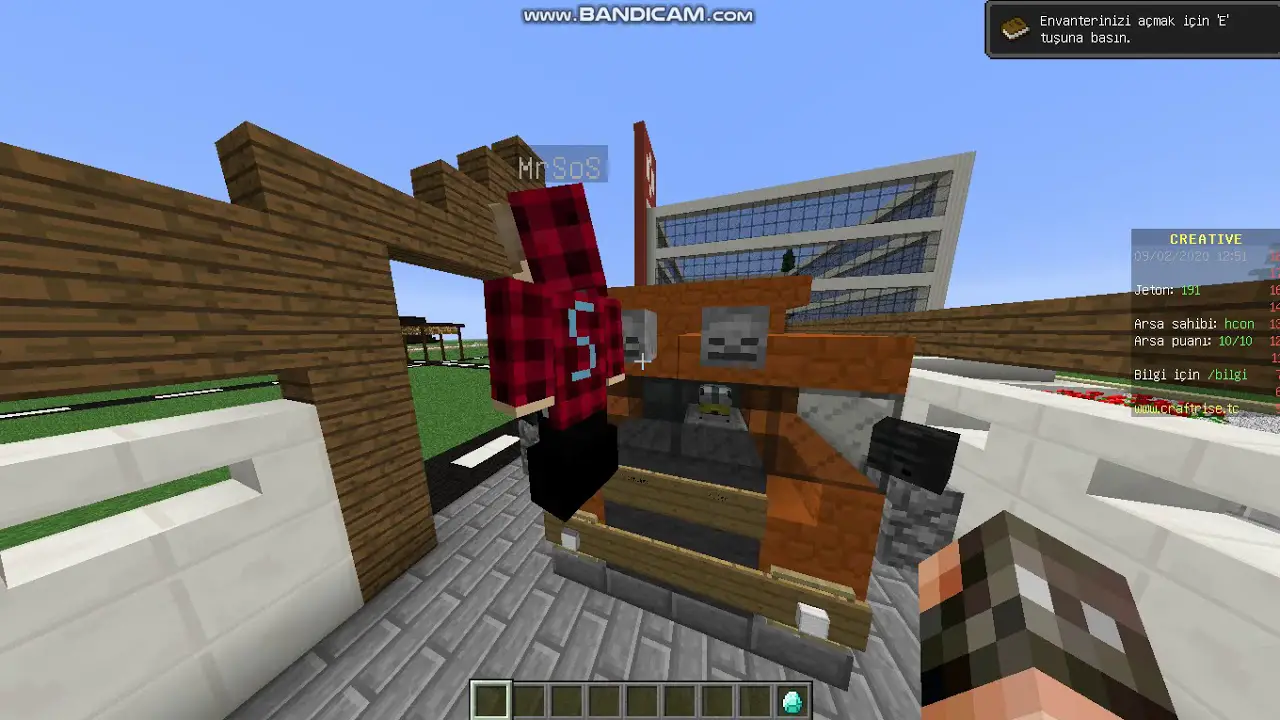The Philosophy of Minecraft: Creativity and Learning

Executive Summary

Minecraft is more than just a game; it’s a virtual world where creativity, problem-solving, and learning thrive. This comprehensive analysis explores the profound philosophy embedded within Minecraft, revealing how it nurtures players’ creativity, fosters collaborative learning, and promotes critical thinking skills. By examining its unique features and gameplay mechanics, we uncover how Minecraft aligns with educational principles, making it a valuable tool for modern pedagogy.

Introduction
In the realm of video games, Minecraft stands out as a unique phenomenon, captivating audiences of all ages with its captivating open-ended gameplay. Beyond its surface simplicity lies a profound philosophy that transforms it into more than mere entertainment. Minecraft serves as a virtual sandbox where creativity, problem-solving, and collaborative learning flourish, inviting players to embark on journeys of self-expression, discovery, and personal growth.
1. Creativity As a Core Principle
Minecraft’s fundamental tenet is the unfettered expression of creativity. Players are presented with a limitless world of virtual Lego blocks, granting them the power to sculpt landscapes, construct elaborate structures, and create their own unique experiences. This boundless freedom ignites the imagination, empowering players to bring forth their creative visions into tangible realities.
- Unleashing Imagination: Minecraft’s open-ended nature allows players to tap into their limitless imagination, transforming abstract ideas into tangible creations.
- Building and Designing: The game’s construction mechanics provide a platform for players to express their architectural and design talents, crafting intricate structures and awe-inspiring monuments.
- Resourcefulness and Adaptation: Limited resources necessitate strategic decision-making and adaptation, fostering resourcefulness and innovative problem-solving techniques.
- Collaboration and Shared Creations: Players can join forces to tackle larger projects, combining their talents and ideas to create shared masterpieces that transcend individual limitations.
2. Fostering Collaborative Learning
Minecraft’s multiplayer mode transforms it into a virtual classroom where players engage in collaborative learning experiences. By working together on construction projects, exploring new environments, and overcoming challenges, players learn the value of teamwork, communication, and shared decision-making. This social aspect enhances the learning process, fostering a sense of community and mutual support among players.
- Cooperative Gameplay: Minecraft’s multiplayer mode encourages players to work together, pooling their skills and knowledge to achieve common goals.
- Communication and Language: Collaborative projects necessitate effective communication, developing players’ communication skills and ability to articulate ideas clearly.
- Problem-Solving Collaboration: Players must work together to solve complex problems, learning to leverage diverse perspectives and combine strengths to find innovative solutions.
- Social and Emotional Development: Minecraft’s multiplayer environment fosters social and emotional development, teaching players how to interact positively with others, resolve conflicts, and build meaningful connections.
3. Nurturing Critical Thinking and Problem-Solving
Minecraft presents players with a multitude of challenges that demand critical thinking and problem-solving skills. From navigating the game’s vast world to constructing intricate structures, players must continually engage their cognitive abilities to overcome obstacles and achieve their goals. This process hones their analytical thinking, decision-making, and strategic planning abilities.
- Logical Reasoning and Deduction: Players must apply logical reasoning to solve puzzles, decipher clues, and make informed decisions based on available information.
- Hypothesis Testing and Experimentation: Minecraft encourages players to form hypotheses and test them through experimentation, fostering a scientific approach to problem-solving.
- Risk Assessment and Planning: Players must assess risks, plan their actions, and adapt to changing circumstances, developing their strategic thinking skills.
- Cause and Effect Relationships: The game’s cause-and-effect mechanics teach players the consequences of their actions, enhancing their understanding of interconnectedness.
4. Minecraft as an Educational Tool
Minecraft’s unique features and open-ended gameplay make it an ideal tool for modern pedagogy. Its immersive environment, collaborative nature, and emphasis on creativity and problem-solving align seamlessly with educational principles. By incorporating Minecraft into their teaching methods, educators can engage students in active learning, promote higher-order thinking skills, and cultivate a passion for exploration and discovery.
- Engaging Active Learning: Minecraft captures students’ attention and motivates them to actively participate in learning experiences, promoting a deeper understanding of concepts.
- Fostering Higher-Order Thinking Skills: The game’s challenges require students to apply critical thinking, problem-solving, and creative thinking skills, nurturing higher-order cognitive abilities.
- Cultivating Collaboration and Communication: Minecraft’s multiplayer mode encourages teamwork, communication, and mutual support, preparing students for collaborative environments in the real world.
- Bridging the Gap Between Education and Entertainment: By integrating Minecraft into educational settings, educators can bridge the gap between formal learning and entertainment, making learning more enjoyable and engaging.
Conclusion
Minecraft’s profound philosophy centers around the boundless power of creativity, collaboration, and critical thinking. It provides players with a virtual playground where they can exercise their imagination, collaborate with others, and refine their problem-solving skills. Educators can harness Minecraft’s unique features to create immersive learning experiences that captivate students, foster higher-order thinking skills, and cultivate a passion for learning. As a result, Minecraft transcends its status as a mere game and becomes a powerful tool for modern pedagogy, empowering students to become creative thinkers, effective collaborators, and lifelong learners.
Keyword Phrase Tags:
- Minecraft Philosophy
- Creativity and Learning in Minecraft
- Minecraft as an Educational Tool
- Collaborative Learning in Minecraft
- Problem-Solving and Critical Thinking in Minecraft

This article presents an engaging perspective on the educational value of Minecraft. I appreciate the emphasis on creativity and problem-solving, which are crucial skills in today’s world. However, I find the argument that Minecraft is a viable substitute for traditional education to be somewhat narrow. While the game can undoubtedly provide learning opportunities, it lacks the structured curriculum and assessments necessary for comprehensive academic development.
I was disappointed by this article’s superficial treatment of Minecraft’s educational potential. The author fails to acknowledge the game’s limitations and exaggerates its benefits. While I agree that Minecraft can foster creativity, it is a far cry from providing a well-rounded education. Students need more than just the freedom to build and explore; they require guidance, structure, and exposure to diverse subject areas.
This article is an excellent reminder of the power of play in learning. I have witnessed firsthand how Minecraft can ignite students’ imaginations and motivate them to engage with complex concepts. The author effectively highlights the educational benefits of the game, particularly in areas such as problem-solving, collaboration, and spatial reasoning.
I have to disagree with the author’s assertion that Minecraft is a revolutionary educational tool. While it may have some entertainment value, its educational impact is highly questionable. Children need to learn essential subjects like math, science, and reading, which Minecraft does not adequately address. Schools should focus on providing a rigorous curriculum rather than relying on video games for education.
Oh, how grand it is to proclaim Minecraft as the savior of education! The author has crafted a masterpiece of irony by suggesting that a game primarily known for its entertainment value can somehow replace centuries of pedagogical wisdom. Let’s not forget that education is about more than just fun and games; it requires a structured approach, qualified teachers, and a comprehensive curriculum.
Well, well, well, look who’s discovered the educational wonders of Minecraft! I must say, the author’s arguments are as convincing as a wet noodle. Creativity and learning, indeed! Let’s ignore the fact that kids spend most of their time in Minecraft blowing things up and chasing after pigs. Such valuable educational experiences!
Hey, did you hear the latest? Minecraft is the new Harvard! Apparently, building virtual castles and slaying digital dragons is the key to academic success. I can’t wait to see universities offering scholarships to expert Minecraft builders. Just imagine the commencement speeches: ‘Congratulations, graduates! May your pickaxes always be sharp, and your TNT supply never run out!’
The author raises some interesting points about the educational value of Minecraft. However, I wonder if they have considered the potential downsides as well. For example, could excessive Minecraft playing lead to addictive behavior or social isolation? Additionally, how do we ensure that students are actually learning meaningful content while engaged in the game?
Thank you for this well-written article on the educational applications of Minecraft. I agree that the game has the potential to foster creativity, problem-solving, and collaboration. However, I believe it is important to strike a balance between game time and traditional educational activities. Students need a variety of learning experiences to develop their critical thinking abilities and knowledge base.